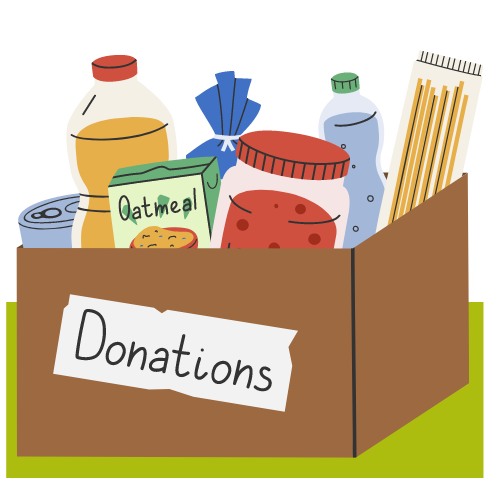People living in poverty or deprivation
What the evidence shows
The Director of Public Health report for 2022/2023 has already highlighted the significant economic, health and wellbeing impacts of living in poverty. Evidence also shows that living in poverty plays a significant factor in people's experience of end-of-life care and planning.
Low income is associated with increased risk of death in hospital rather than in the community and more emergency hospital admissions in the final months of life. People living in the most deprived areas are 33% less likely to die at home, compared with people in the least deprived areas.
National evidence shows that:
- 1 in 4 terminally ill people of working age spend the last year of their lives in poverty
- Working age people at the end-of-life are twice as likely to be in poverty than those of pension age
- Women are more likely to fall below the poverty line at the end-of-life than men
- 2 in 5 working age people from minority ethnic groups die below the poverty line
- 1 in 6 pensioners are below the poverty line at the end-of-life
Having the opportunity to die at home is often considered as an indicator of a 'good death'. This is because there is the perception that a home is where people seek and receive comfort, feel safe and protected and are surrounded by materials and possessions which have personal meaning and significance. However, there are several reasons why it may be more difficult for people living in poverty to die at home. When you are living in poverty, your housing is more likely to be inadequate to meet the needs of the household - it is more likely to be cold and damp. People living in poverty are also more likely to live in households which are overcrowded, with less personal space. Additionally, if you are living in poverty, you are more likely to be living with or have friends who are also in poverty. For this reason, loved ones are often less able to take time off work in order to care for and spend time with people who are at the end of their life. People are less able to die at home if their social networks cannot provide caring support.
Whilst many people live in poverty over a prolonged period of years, having a terminal illness also increases your risk of falling into poverty. For people who are 'just about managing', a terminal illness diagnosis has significant financial impact, potentially leading to unemployment or lower quality employment which is low paid, less secure and with fewer employment benefits.
What Kirklees organisations told us
Colleagues from Kirklees highlighted a range of issues for end-of-life care and planning for people living in poverty. These included:
Added pressure
Colleagues told us that people who are living in poverty will often be juggling multiple pressures which will make planning for end-of-life increasingly challenging.
People who are living in really challenging conditions and caring for someone at the end of their life. It's those pressures piled upon pressures. Just an added pressure on multiple pressures already on a household. Things can just tip people from just about surviving and getting by to crisis mode.
The value of local support networks
The support provided by neighbours as well as local organisations is invaluable for individuals and families.
I think those kind of informal groups can be really valuable where people's partners have died as well. We often get people bringing their neighbour along because they've been married for 40 years and their partner has passed away. Their neighbour is aware of that and recognises that they've not got the sort of support networks or friendship networks there and that their main support network, their main relationship was with this one individual who has now passed away. And that leaves them completely isolated.
Often local organisations will pick up on people who have fallen through the net or who do not wish to engage with more formal organisations such as the council. The ability to provide flexible support to people living in poverty is really important in these circumstances.
Additional cost of death and dying
Colleagues highlighted the fact that for people living in poverty, death and dying often comes with an additional and unaffordable cost. This can cause significant amounts of worry for families.
Funeral costs and things like that. You do see quite a few crowd funding opportunities, you know, people trying to raise money for all of those costs where they've not been planned for. You have these Go Fund me things to try and raise funds and I can imagine that's a difficult thing to do. And you're often asking people from your neighbourhood or people that know you that have limited resources to be able to contribute. People won't have insurance plans in place or things like that to do. You're faced with this stark choice.
Lots of people in poverty and deprivation are working lots and lots of hours to try and keep their heads above water and then they've got caring responsibilities on top of it because the cost of care is so prohibitive for people.
Travel costs can be really, really difficult. If people are having to go to lots of appointments, getting out and about and affording that on whatever means of transport can be difficult. And if you've got repeated appointments or consultations or whatever it might be, that's going to be really hard for people.
Recommendations
Partners should read the Director of Public Health Report - Poverty Matters in order to learn more about how to 'poverty proof' support, services and systems. Health and care professionals, providers and organisations should consider the multi-faceted effects of poverty on the affordability of care at the end of life.
